
Charm City Kings: A Boricua's ode to Baltimore
Puerto Rican Filmmaker Angel Manuel Soto brings inspirations from the island to Baltimore film Charm City Kings.
Charm City Kings, directed by Angel Manuel Soto, follows young Mouse as he struggles to process the recent death of his brother Stro. He’s drawn to the Midnight Clique, a group of Baltimore dirt-bike riders led by Blax (played by Meek Mill). Mouse must choose between following the example of his police mentor Detective Rivers or join the Midnight Clique dealing drugs. The film is inspired by the dirt bike culture seen in the documentary 12 O’Clock Boys, and began as a script written by Barry Jenkins (Academy-Award-winning writer and director of Moonlight and If Beale Street Could Talk). The executive producers include Jada Pinkett Smith and Will Smith. Charm City Kings was awarded the U.S. Dramatic Special Jury Award for Ensemble Cast.
The Puerto Rican director of this Baltimore-based coming-of-age story sat down with AL DÍA for an exclusive interview on Jan. 30 at the Sundance Film Festival.
Q: What does it mean to you to be a Puerto Rican filmmaker telling the story of a community in Baltimore?
I feel honored and thankful to tell this story because, trusting someone to helm this project, which is very personal to the producers who are from Baltimore, I knew the amount of responsibility in my hands. The way I approached it was similar to how I approach making a film in Puerto Rico. I am very much focused on authenticity above anything else when it comes to depicting a community or a place. Just because I hate it when others don’t do that with Puerto Rico. Coming from a place that has been misrepresented for all of its existence, I knew that I had to do right by [the people of Baltimore]. In that regard, as amazing as Homicide and The Wire are, that’s not the only thing Baltimore is. I tried to embed with the community and absorb the culture. We tried to get the community involved in the creation of the process in order to portray them with humanity. Focusing on the community’s humanity, I was able to capture the emotion and the energy of Baltimore, while at the same time allowing the city to be itself. I didn’t go into it looking for misery or poverty to exploit. Let’s care about the characters and they will tell the story of Baltimore. I really gave it my all to preserve the authenticity of the city and its inhabitants. If, for some viewers, they were expecting to see misery porn, this is not your movie.
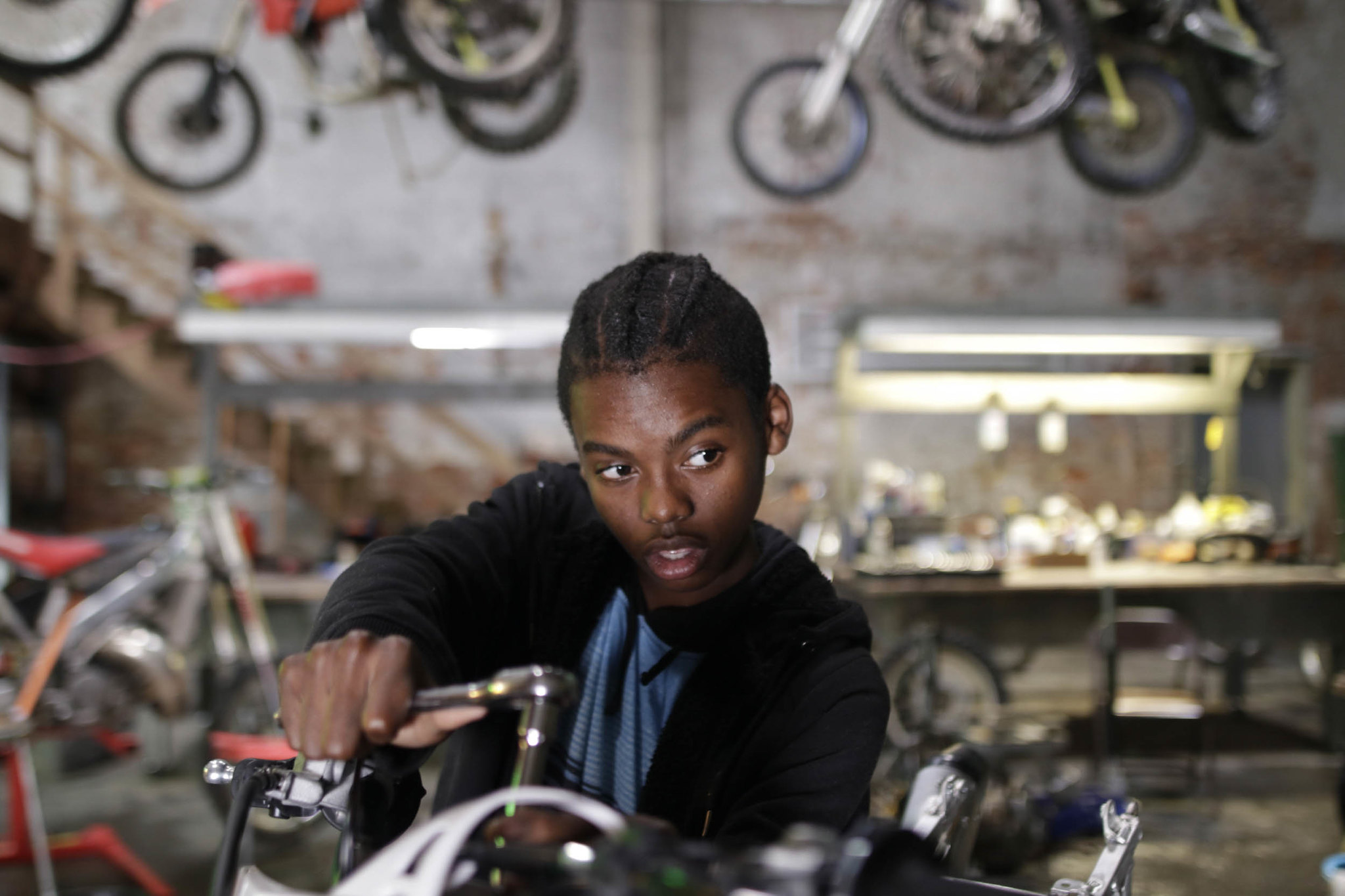
Q: The multiple perspectives within the film were very interesting. There was a duality between Mouse, a young boy who is drawn to animals, and Lamont, who ends up dealing drugs with the Midnight Clique. Why did you want to portray these two perspectives?
I understand how people that have not been exposed to marginalized communities might think that every Black or Brown person is a gangster. I won’t blame them for their ignorance but it’s time to change the narrative. It’s time to have people like us be represented on screen and have the people at the helm of projects be a representation of the stories they are telling. That was something I wanted to be very wary of. There are characters like Mouse and Lamont everywhere. We wanted to check biases to create new narratives for young Black and Brown boys.
Q: The women in the film are very strong characters, although the film doesn’t necessarily focus on them or their stories. How did you approach representing these women on screen?
I have to give props to each of those actresses because they were able to bring new ideas. Of course we have a single mother, who has to be hard in order to protect her son, but she’s not a stereotype of single Black mothers, like an alcoholic or drug addict. Instead, she has two jobs and is studying to be a nurse. There are tender moments between the family, like when the cat gives birth to kittens. In the film, she ends up having to quit on her dreams [dropping out of school] to support Mouse and they have a tender embrace at the end of the film. You have a healthy balance of a mom that has to take two jobs to support the household and, at the same time, be a caring and loving mother. The same with Shay [Mouse’s sister], she knows how to mess with her brother and is super smart. All of those nuances in her acting are all her, the actual actress. With Nicki, the young girl that is visiting from Oakland, we wanted poetic justice vibes and the girl-next-door. I didn’t want to foster a stereotype of these women and girls. That’s where a lot of the community in Baltimore came in to the project to help keep the authenticity.
Q: The script for Charm City Kings was originally written by Barry Jenkins. How was it reworking the script?
The script came to me when it was an earlier draft from Barry Jenkins. This was years ago, before he made Moonlight and became a temple of cinematography. With his blessing, we had Sherman Payne work on the rewrites, who is a talented writer that was worked on "Shameless" and "Legacies". When I met with the producers, we got along really well because we wanted to protect the way that Baltimore is perceived. We didn’t want to do something that is patronizing or totally unreal. For almost a year, we did rewrites and, from there, we were able to call all the other department heads to design a language that catered to my vision but with their inputs. The work that we did together was done with a lot of consideration for the community.
RELATED CONTENT

Q: Could you talk about the dirt-bike stunts in the film?
Our leads, for safety and legal reasons, couldn't ride the bikes in the film. We had stunt actors who did the riding for them. We also had Meek Mill, who is a real rider, and then you have Jamal and Queen [members of the Midnight Clique] . They were able to do their own stunts. They were actually attached to this project before I came in and we were in development. We wanted to keep the authenticity and they wouldn’t do it if they couldn’t do their own stunts. Even the riders at the Sunday Ride [a weekly dirt-bike race] are real riders from Baltimore. We went to the community ahead of time and met with Wheelie Wayne, who is the godfather of bike life in Baltimore. He was able to call all of his community to come and they really embraced us. They knew it was good for the culture and the community and them as people so they could be seen differently.
Q: Baltimore and the community there looks and feels a lot like Philadelphia, particularly because Meek Mill is in the film. Why do you think there’s a universality to the city?
There’s a Baltimore everywhere. I knew people used to ride bikes back home in Puerto Rico but I didn’t realize there was a bike life of popping wheelies back home until I did this movie. There’s a big following in Puerto Rico. There is literally a Baltimore City in every state. It’s not that we’re copying Baltimore but it’s that we should feel pride about our culture. Yes, we’re marginalized and, yes, we struggle. But, we’re so much more than our struggles. I hope this love letter to Baltimore and all disenfranchised communities can be seen throughout.
Q: The soundscape of the film really creates a full portrayal of the neighborhood. You even use Bad Bunny’s Chambea in the soundtrack, a nod to Puerto Rico. Could you explain the music and sounds choices in the film?
[The use of Bad Bunny’s song], that’s all me! Hip hop is part of the Baltimore world. I really wanted to use the music that caters to not just the emotions but also to the way characters feel… When I went to Baltimore, one thing that I noticed was that there was music blaring everywhere. There’s barely a silent moment in Baltimore and, if it’s not music, you hear the dirt bikes at a distance or the sirens from police or ambulances. Everything is always there. I really wanted to capture the specificity of Baltimore, not just visually but also with sound. I take the setting as a second character. I really want people to get immersed not just by the way the camera moves and tracks around but I wanted people to be immersed in the sounds of Baltimore. If I could put smell in it, I would put smell in it just to hit the nail on the coffin. Hip hop, R&B, reggaetón, all of these sounds are part of the culture. It was interesting to work with the music supervisor to find those cues that also gave the emotional tone that it required. That’s why that song Chambea works really well.
Q: What’s it like to be a Puerto Rican director premiering a film at Sundance?
It’s like a dream come true. I was even told something like, “This couldn’t happen for someone from Puerto Rico.” We do a lot with the limited resources we have and with everything going against us, not just environmental disasters but also political crisis being a colony. That really limits the opportunities that we have. Not everyone is an insane person like I am who is willing to lose everything and sacrifice everything in order to make my dreams come true. Nobody wants to go through that. The fact that it could be done and proven shows that we exist and it’s a responsibility I don’t take lightly. As much pride as I can have being a Puerto Rican and doing this, I also understand it’s my job as well to bridge that gap.



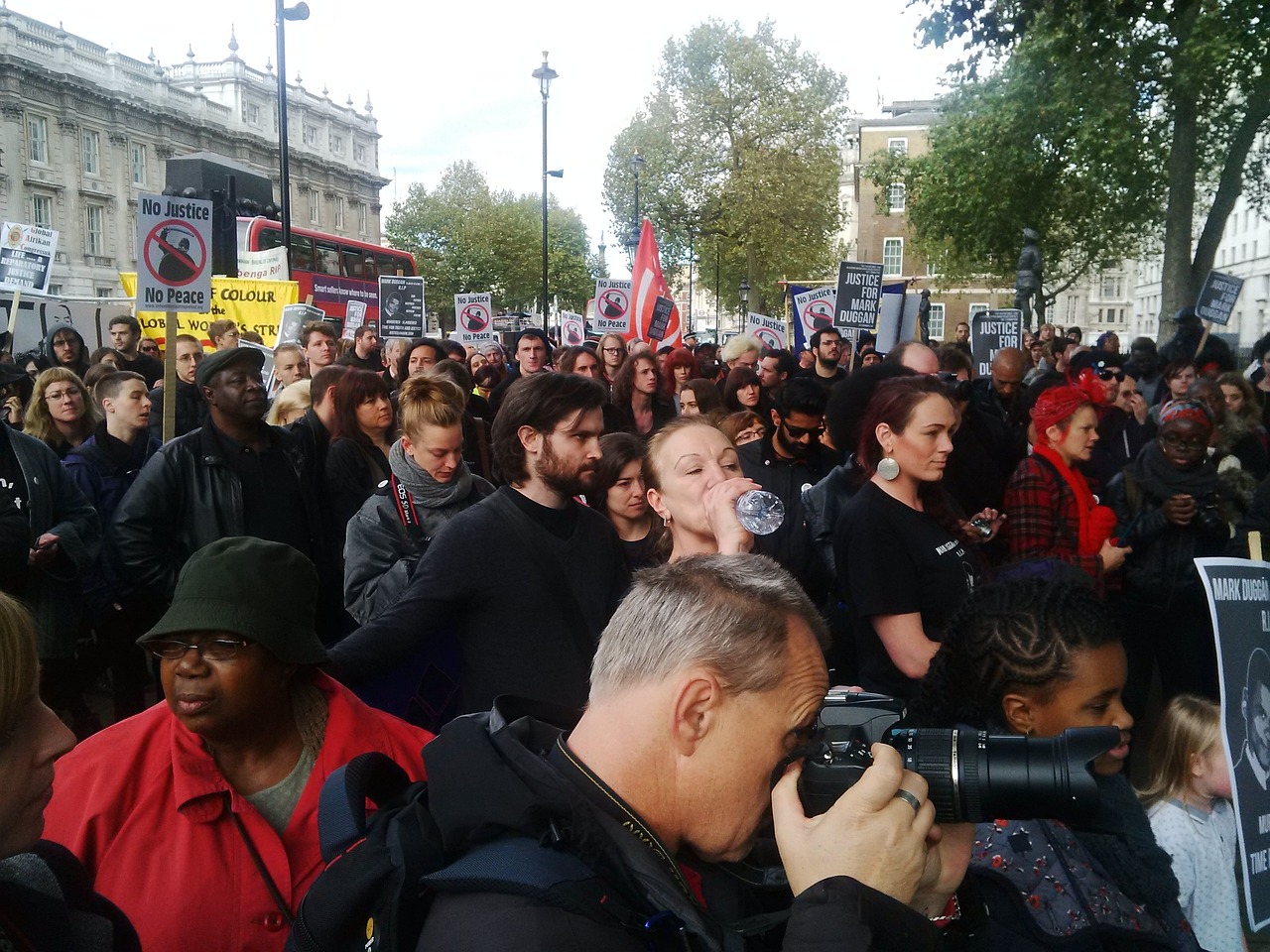
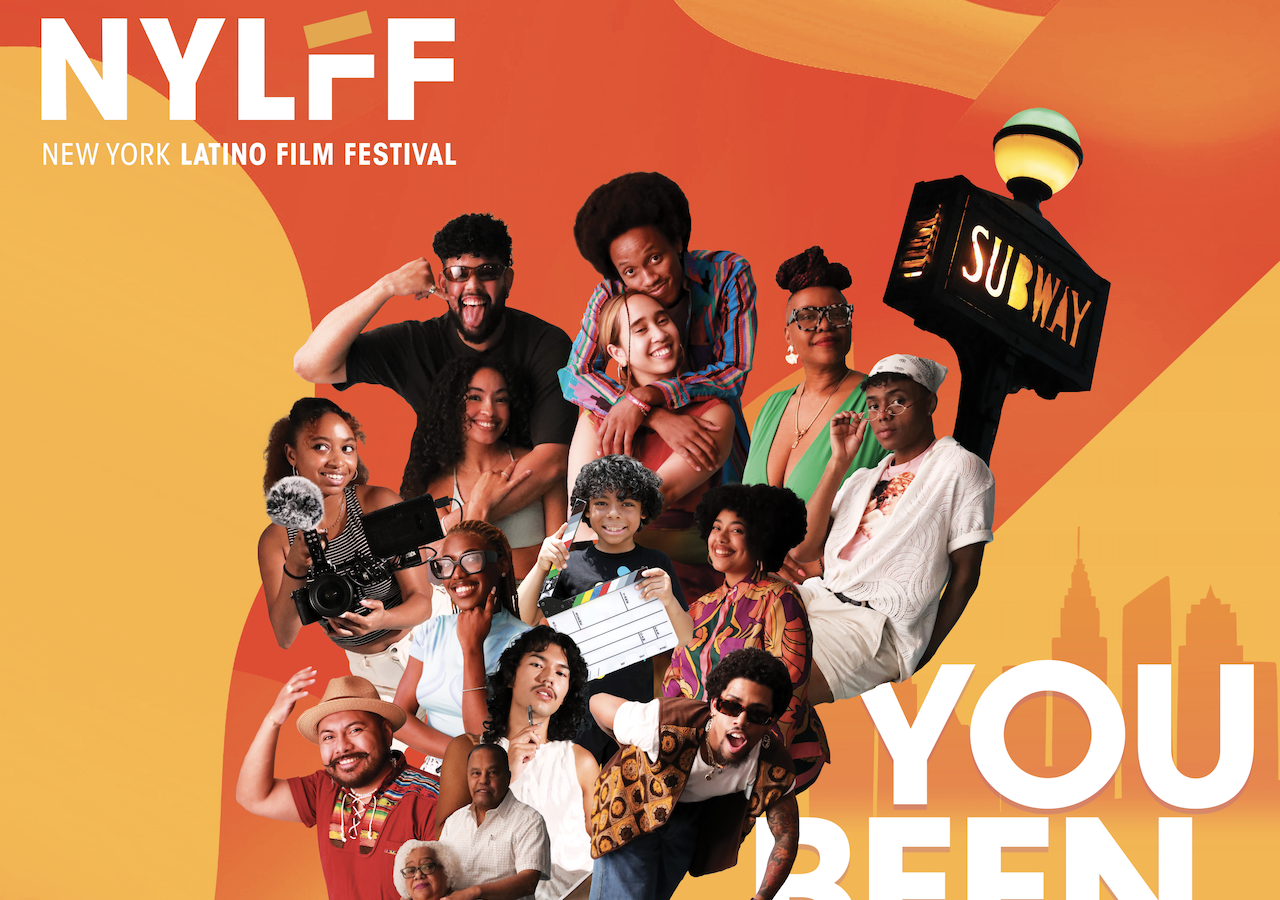
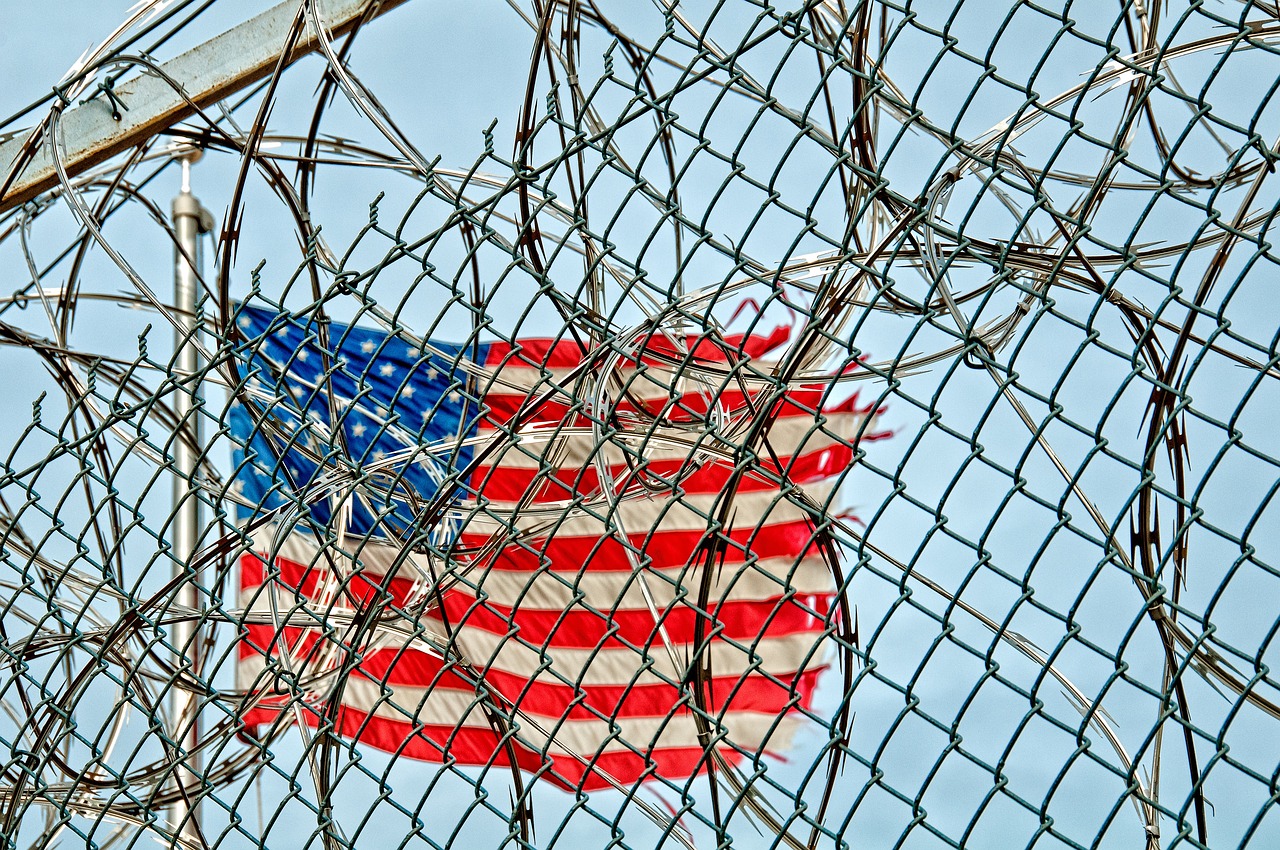
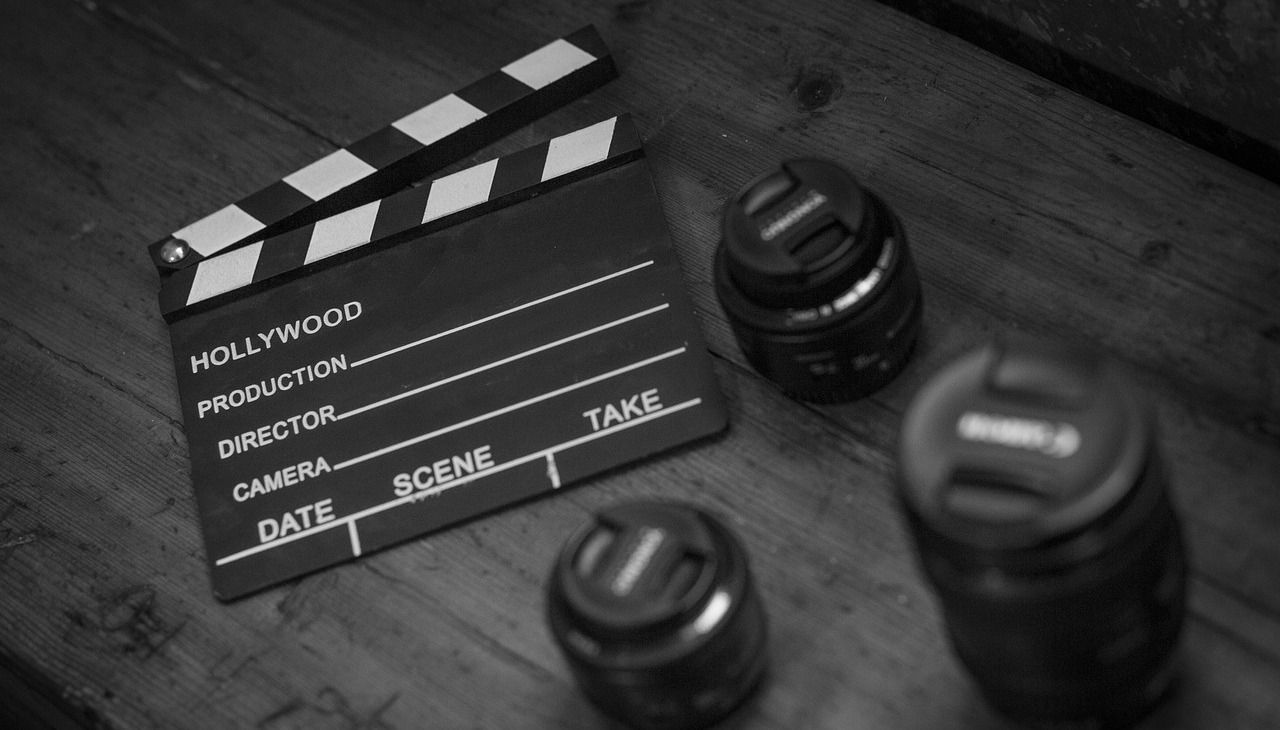

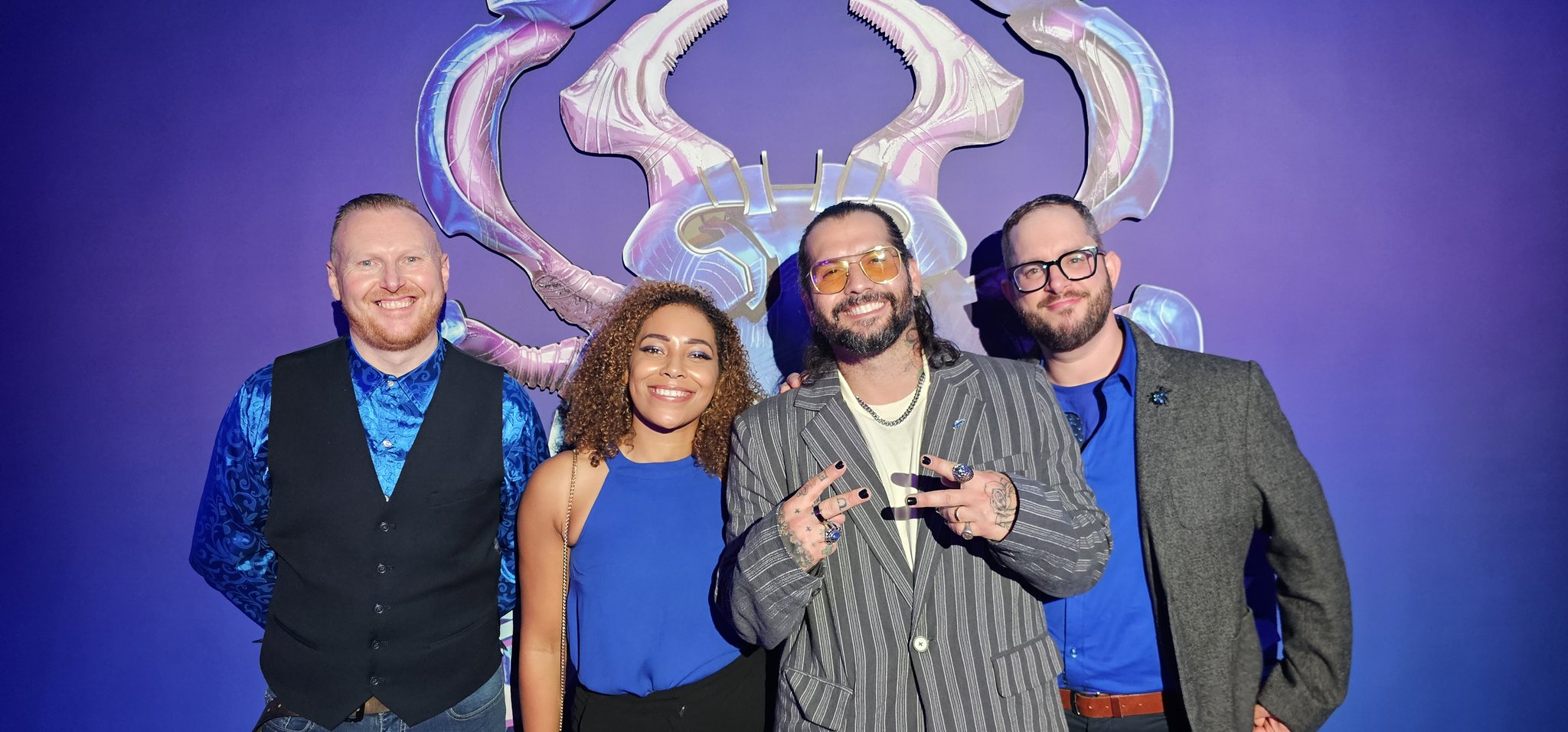
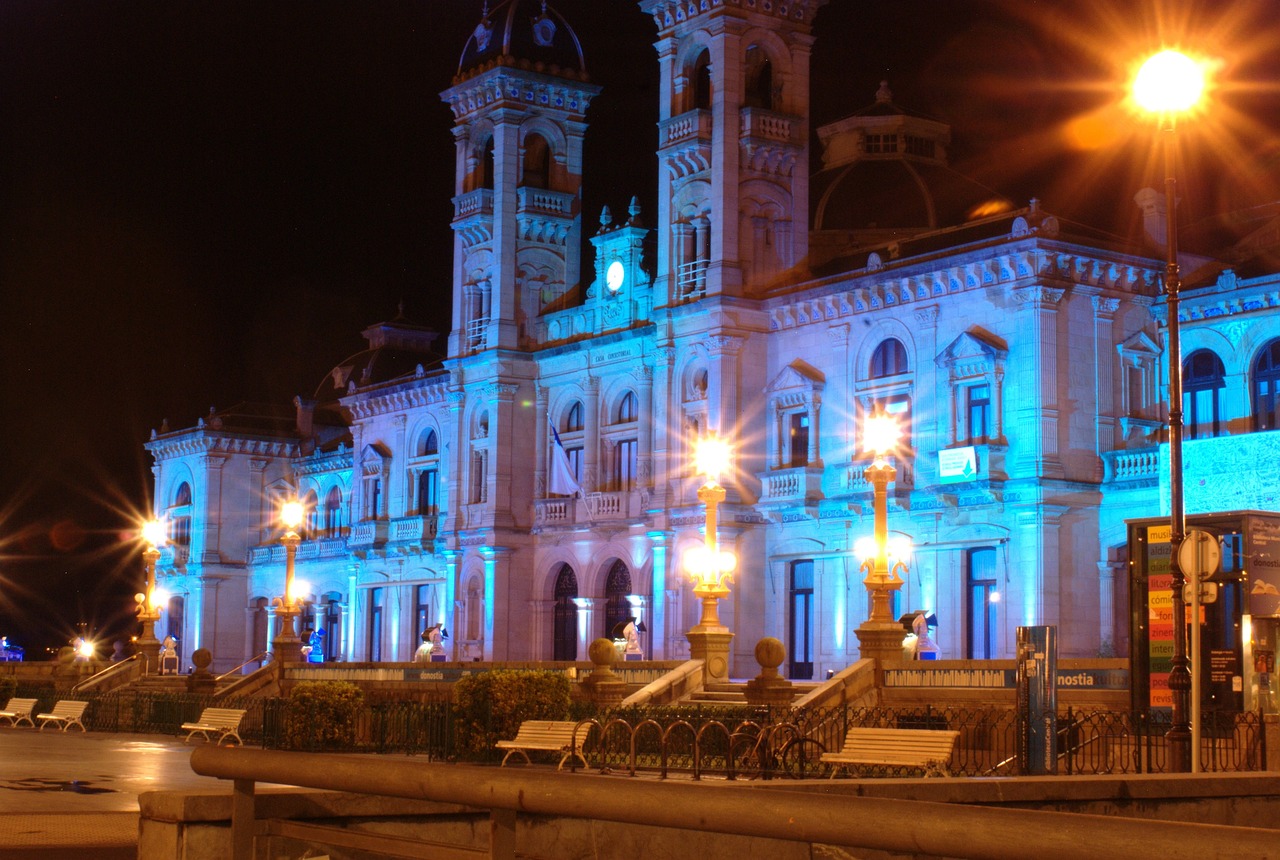
LEAVE A COMMENT:
Join the discussion! Leave a comment.